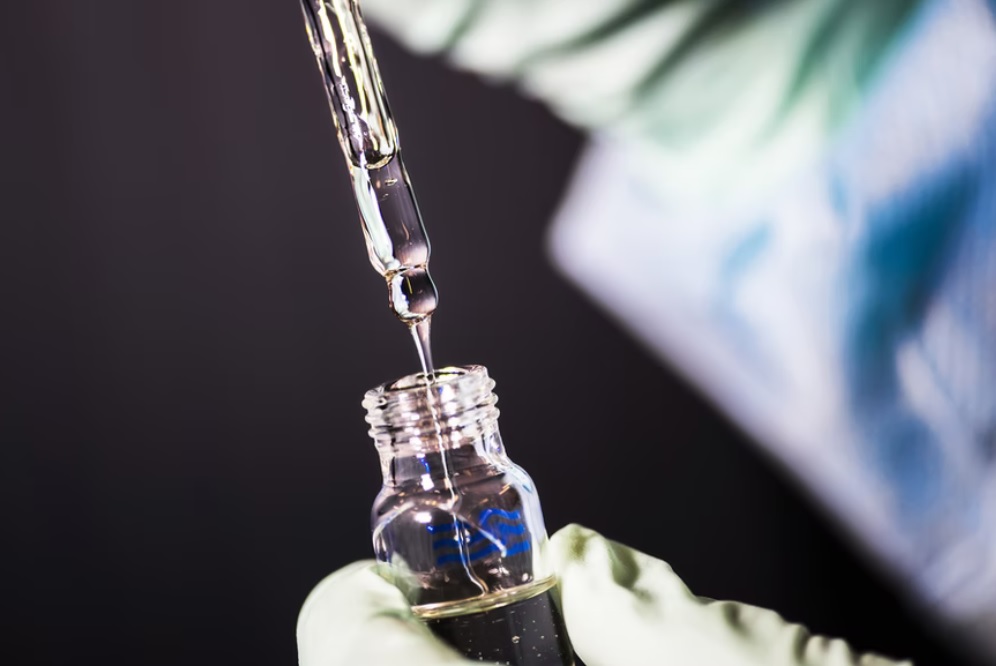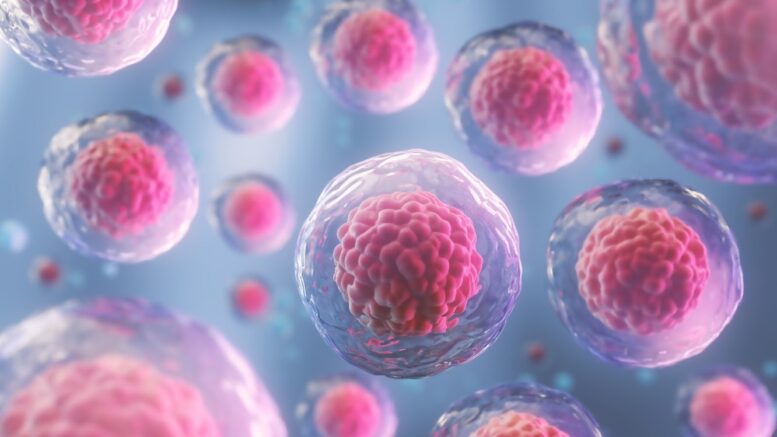Stem cells are a hot topic in the medical world and for good reason. These remarkable cells have the ability to transform into various types of cells in the body, making them a potential game-changer in the field of medicine. Scientists and researchers have been studying stem cells for years, and their research has led to some incredible breakthroughs. In this article, we’ll explore five of the most exciting medical breakthroughs involving stem cells. From curing diseases to regenerating tissue, these breakthroughs have the potential to change the face of modern medicine. So, whether you’re a medical professional or simply interested in the latest advancements in science, read on to discover the incredible potential of stem cells and the groundbreaking discoveries that are being made every day.
1: Using Stem Cells to Treat Spinal Cord Injuries
Spinal cord injuries can be devastating, often resulting in permanent paralysis. However, scientists have made incredible strides in using stem cells to treat these injuries. Stem cells have the ability to differentiate into various types of cells, including neurons, which makes them an ideal candidate for regenerating damaged tissue in the spinal cord.
Recent breakthroughs in this field come from a team of researchers at the University of California, San Diego. They have developed a method for growing neural stem cells, which can be transplanted into the spinal cord to promote regeneration. The team has already been successful in testing this method on rats, and they are now working toward clinical trials in humans.
2. Stem Cell Therapy for Heart Disease
Heart disease is one of the leading causes of death today, and traditional treatments can often be invasive and have limited success rates. Stem cell therapy, however, has shown great promise in treating heart disease. Stem cells can differentiate into various types of cells, including heart muscle cells, which can be used to repair damaged heart tissue.
A team of researchers at Cedars-Sinai Medical Center in Los Angeles is testing the use of stem cells to help treat heart disease. They are now using stem cells to repair damaged heart tissue, which has shown promising results in clinical trials. In fact, one patient who received this treatment saw a 40% improvement in their heart function.
3. Stem Cell Therapy for Parkinson’s Disease
Parkinson’s disease is a degenerative disorder that affects the nervous system, causing tremors, stiffness, and difficulty with movement. While there is no cure for Parkinson’s, stem cell therapy has shown great promise in treating its symptoms.
One of the most exciting breakthroughs in this field comes from a team of researchers at the University of California, San Diego. They have developed a method for using stem cells to produce dopamine neurons, which are the cells that are lost in Parkinson’s disease. In a clinical trial, patients who received this treatment saw a significant improvement in their symptoms.
4. Stem Cell Therapy for Diabetes
Diabetes is a chronic condition that affects millions of people worldwide. While there are a variety of treatments out there for diabetes, medical researchers are searching for something better. In fact, stem cell therapy has shown great promise in treating diabetes. They’ve found that stem cells can be used to create new pancreatic cells, which can be used to produce natural insulin in the body.

Current research is being worked on by a team of professionals at Harvard University. They have already found a method for using stem cells to produce functional pancreatic cells, which could potentially be used to treat diabetes in humans. In fact, in a recent study, researchers were able to produce enough insulin-producing cells to treat diabetic mice.
5. Stem Cell Therapy for Blindness
Blindness is a life-altering condition that affects millions of people around the globe. However, stem cell therapy has shown great promise in treating blindness. Since stem cells can differentiate into various types of cells, scientists believe that they can successfully create new retinal cells. These cells can be used to repair damaged tissue in the eye.
Researchers at the University of California, Santa Barbara are currently working to test this hypothesis. They’ve had success with improving vision in animal models but are still working towards clinical trials in humans.
Ethics and Controversies Surrounding Stem Cell Research
While stem cell research has the potential to revolutionize modern medicine, it is not without its controversies. One of the main ethical concerns surrounding stem cell research is the use of embryonic stem cells, which involves the destruction of embryos. This has led to heated debates and protests from anti-abortion groups.
However, there are alternative methods for obtaining stem cells, such as through the use of induced pluripotent stem cells (iPSCs), which are created by reprogramming adult cells. This has led to a decrease in the use of embryonic stem cells in research.
Another controversy surrounding stem cell research is the potential for stem cells to be used for genetic engineering, which raises concerns about the ethical implications of altering the human genome.
The Future of Stem Cell Therapy
Despite the controversies surrounding stem cell research, scientists and researchers are continuing to make incredible breakthroughs in this field.
You may be wondering, “How much is stem cell therapy?”. Stem cell treatment can be quite expensive, but this is common with any newly developed and innovative treatment. Fortunately, with continuous advancements in stem cell research, it may eventually become more affordable. While there are still many challenges to overcome, including ethical concerns and regulatory hurdles, the potential of stem cells to transform modern medicine is too great to ignore.
Conclusion
Stem cell therapy has the potential to revolutionize modern medicine, and the breakthroughs we’ve explored in this article are just the tip of the iceberg. From treating spinal cord injuries to regenerating damaged tissue in the heart, stem cells have shown incredible promise in treating a wide range of conditions. While there is still controversy surrounding stem cell research, the potential for stem cells to change the face of modern medicine is immense. The future of medicine is bright, and stem cells are at the forefront of this exciting new era.
